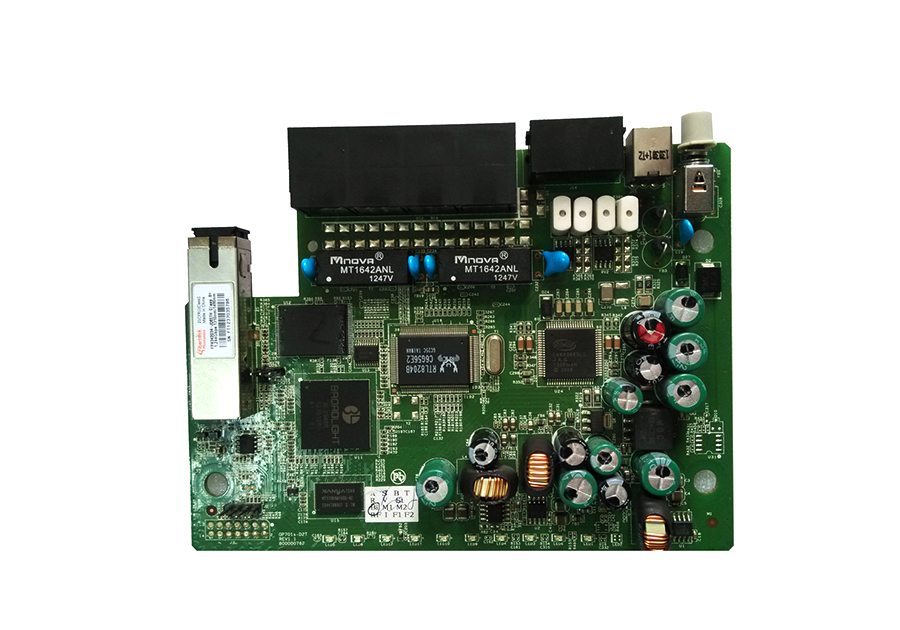-
CN
-
Service Hotline
+8618129931046 Mr. Liao


Time:2025-06-10 Views:1

The mechanical performance of printed circuit boards (PCBs) is crucial for ensuring their reliability and durability in various electronic devices. Mechanical performance testing helps in evaluating how PCBs respond to different mechanical stresses, such as bending, vibration, and shock.
One of the primary mechanical performance tests is the bend test. In this test, the PCB is subjected to a bending force to simulate the stress it might experience during assembly, handling, or operation. The test can be conducted in different ways, such as three-point bending or four-point bending. During the test, the deflection of the PCB under the applied force is measured. This measurement helps in determining the flexural strength and modulus of elasticity of the PCB material. For example, a PCB with a lower flexural strength may crack or break under normal handling, while a higher flexural strength indicates better resistance to bending. The bend test is especially important for PCBs used in portable devices, where they are more likely to be subjected to bending forces during use or transportation.
Vibration testing is another important aspect of PCB mechanical performance evaluation. PCBs are placed on a vibration table, and different vibration frequencies and amplitudes are applied to simulate real-world vibration conditions. These conditions can be similar to those experienced by PCBs in automotive electronics, aerospace applications, or industrial machinery. During vibration testing, accelerometers are attached to the PCB to measure the acceleration levels at different points. The test helps in identifying any loose components, weak solder joints, or structural weaknesses in the PCB. If a component is not properly soldered or if the PCB has a poor mechanical design, it may become loose or damaged under vibration, leading to electrical failures. By detecting such issues through vibration testing, manufacturers can improve the design and assembly processes of PCBs to enhance their reliability.
Shock testing is also carried out to assess the PCB's ability to withstand sudden mechanical impacts. A shock can occur due to drops, collisions, or other accidental events. In shock testing, the PCB is subjected to a high-magnitude, short-duration force. The test measures the PCB's response in terms of acceleration, velocity, and displacement. Similar to vibration testing, shock testing helps in identifying potential weaknesses in the PCB's structure and component attachment. For example, a PCB with insufficient support structures may suffer from cracked traces or damaged components under shock.
In addition to these tests, peel strength testing is performed to evaluate the adhesion between the copper layers and the substrate material. A small strip of copper is peeled off from the PCB surface, and the force required to do so is measured. This test is important as poor peel strength can lead to delamination of the copper layers, resulting in electrical failures. By conducting comprehensive mechanical performance testing, manufacturers can ensure that PCBs meet the required standards for mechanical reliability, reducing the risk of failures in electronic devices and improving overall product quality.